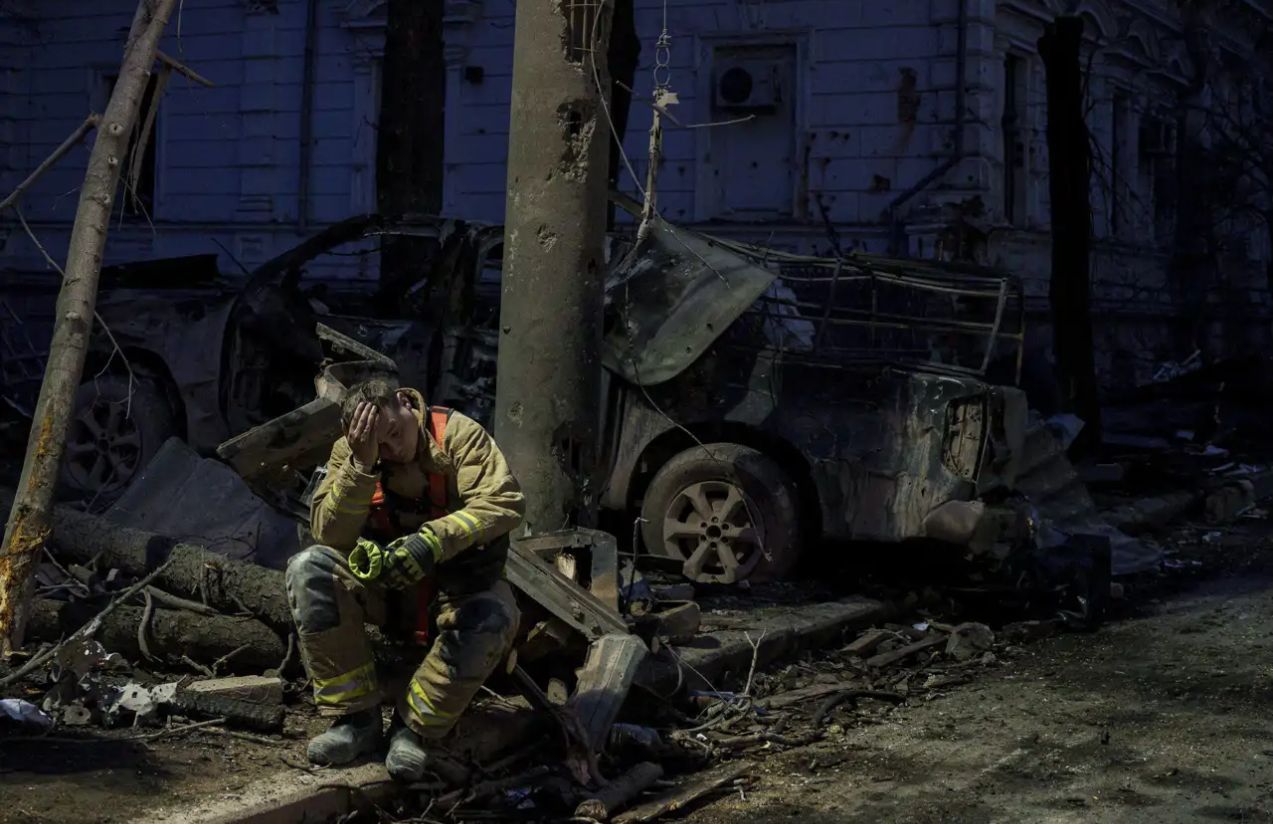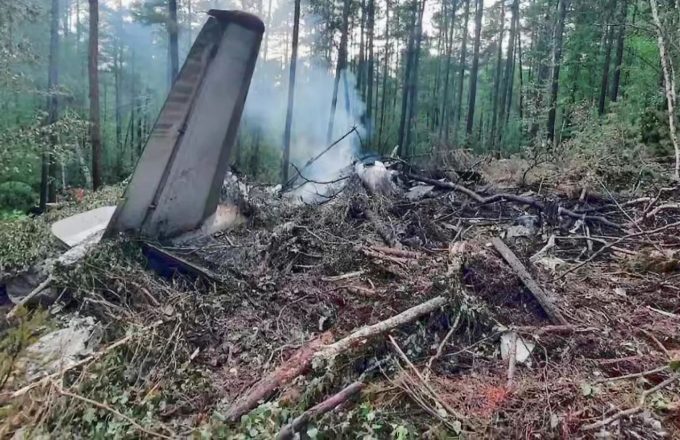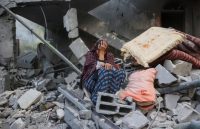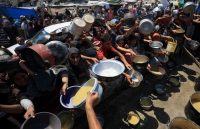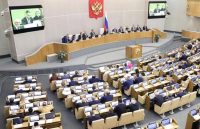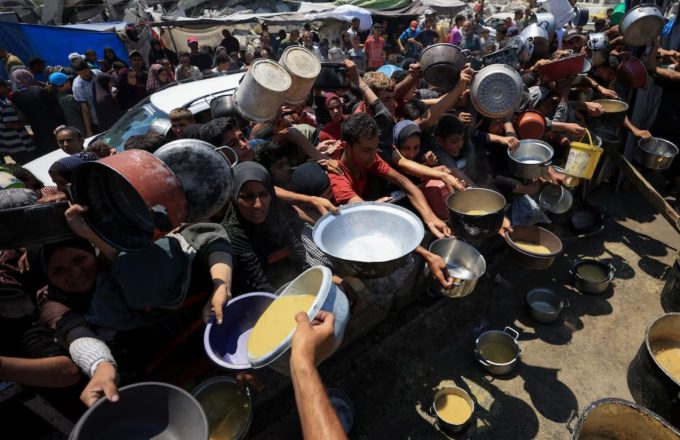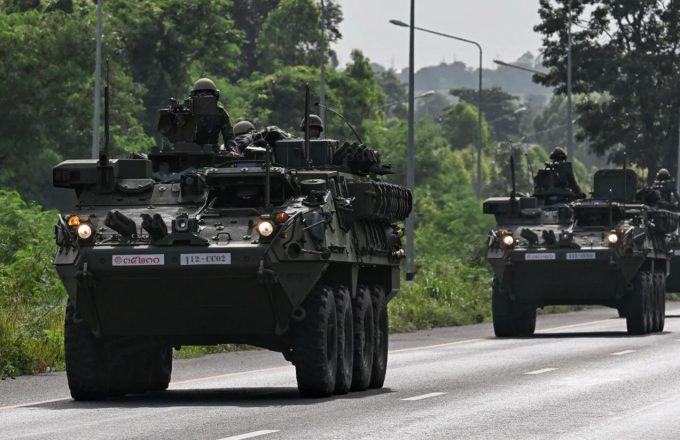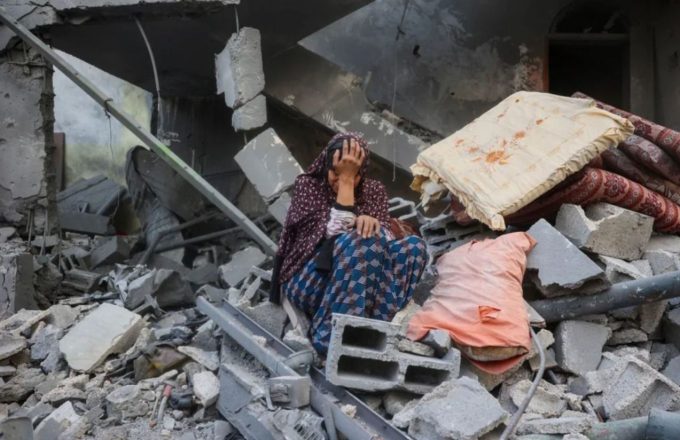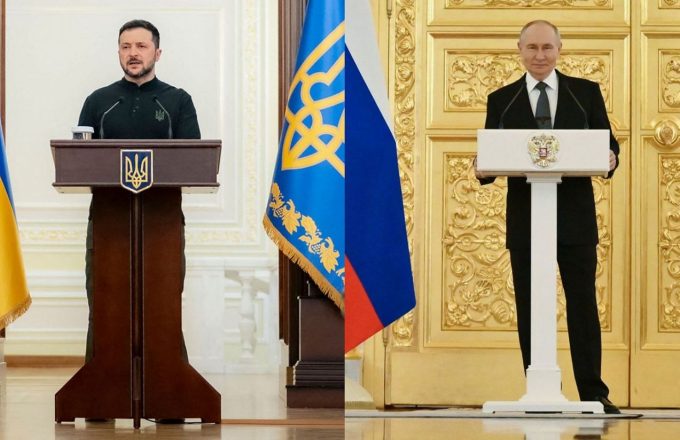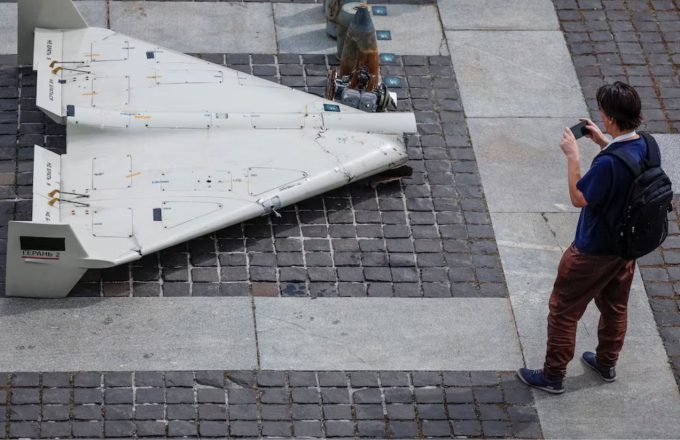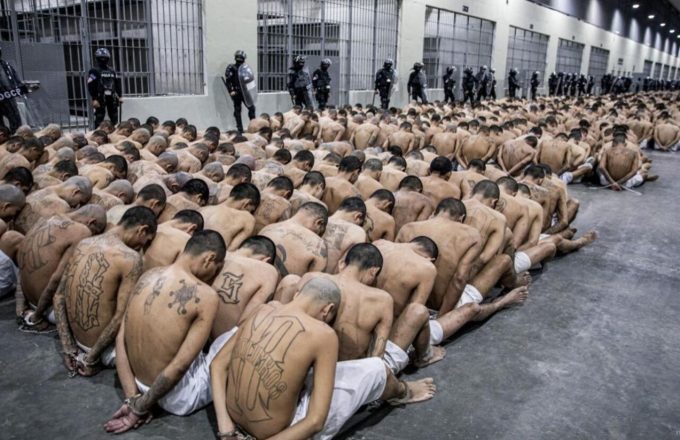On the night of Friday, July 4, Russia carried out another massive attack on Ukraine, launching 322 Iranian-made Shahed drones, according to Ukraine’s Air Force on Saturday. This assault is part of a growing offensive that appears aimed at overwhelming Ukrainian defense systems through aerial saturation.
Of the drones launched, 292 were neutralized by Ukrainian forces, thanks to a combination of direct air defense (157 shot down) and electronic warfare systems that diverted or disabled another 135. The most affected areas included Starokostiantyniv (Khmelnytskyi), along with five other regions where drone debris was reported.
In addition to the drone attack, 279 artillery strikes, 14 multiple launch rocket system (MLRS) attacks, and 7 air raids were reported in Zaporizhzhia, where one civilian was confirmed dead and at least two others injured.
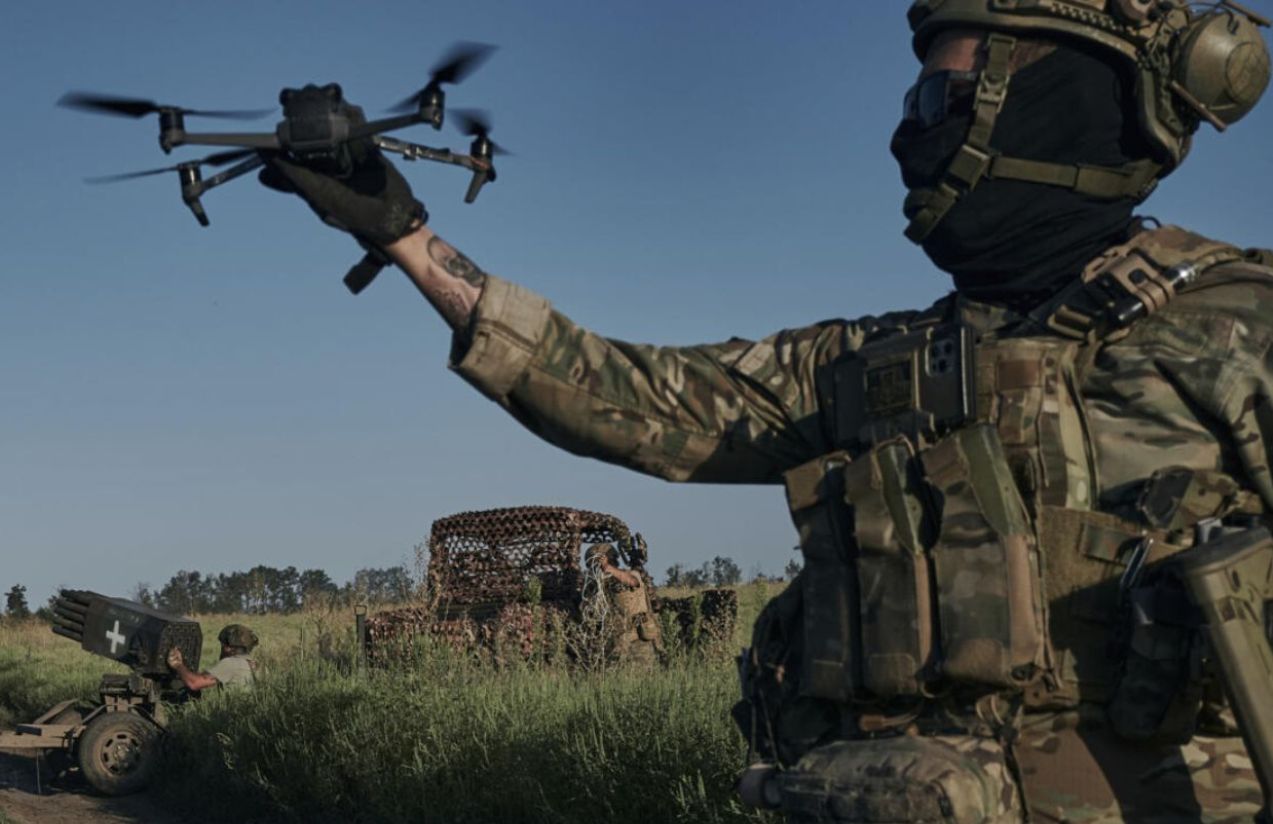
Is Ukraine managing to resist this new drone saturation tactic?
Partially, yes, but at a high cost. While the majority of drones were intercepted, the intensity and frequency of Russian attacks are straining Ukraine’s defense resources. Russia’s use of decoy drones, units without explosive payloads, is further complicating Ukraine’s response capabilities, which rely on expensive, high-precision systems.
One of the most concerning events was a power outage at the Zaporizhzhia nuclear power plant, which was disconnected from the external grid for over three hours, raising international alarm. Although no major damage was reported, the incident highlights the vulnerability of critical infrastructure in the face of these kinds of assaults.
This attack comes in a broader context in which, according to Ukraine’s Ministry of Defense, Russia launched over 5,000 drones and 330 missiles in June alone. The strategy seems focused on exhausting Ukraine’s defenses ahead of potential future ground offensives.
Conclusion:
The launch of 322 drones marks an escalation in the aerial warfare between both countries. While Kyiv manages to intercept most of the threats, the toll is evident. The burden now lies on international support and the development of new technologies to maintain defensive balance without depleting Ukraine’s resources in the long term.


